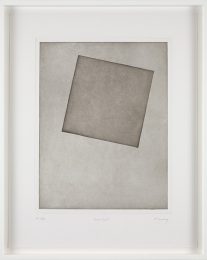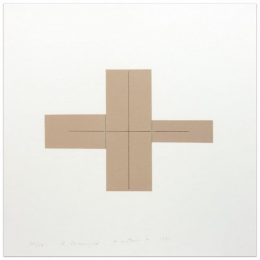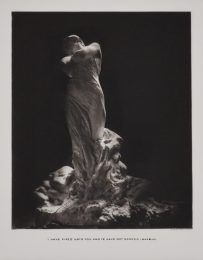Italian Printmakers in the 1960s
The 1960s was a significant decade for Italian printmaking, with many artists experimenting with new techniques and styles. Here are a few examples of notable Italian printmakers from this period:
- Alberto Burri: Burri was a leading figure in the development of Italian printmaking in the 1960s. He is best known for his “Sacchi” series, a group of prints created using a technique called “combustione plastica” (plastic combustion) in which he burned plastic to create unique textures and colors on the surface of the print. Burri’s use of unconventional materials and techniques pushed the boundaries of traditional printmaking.
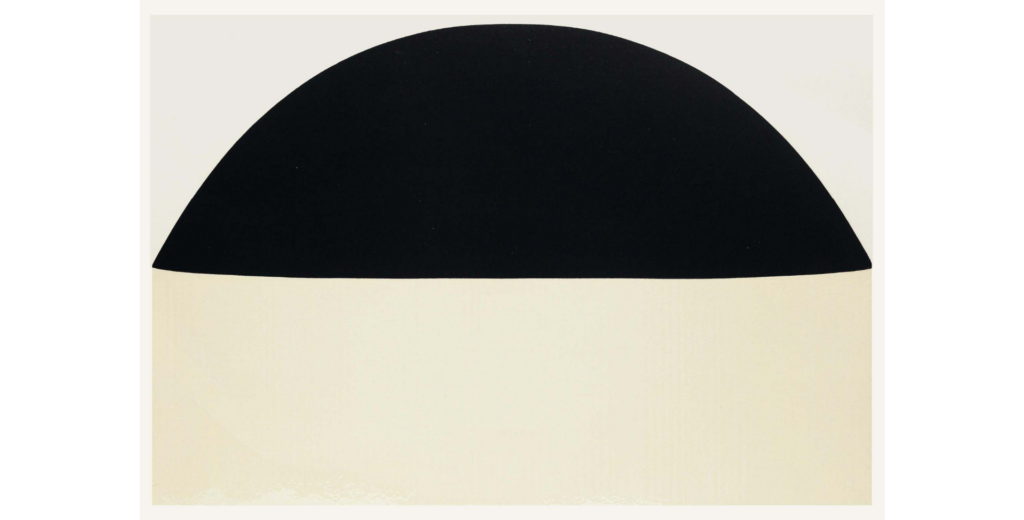
- Lucio Fontana: Fontana was a prominent Italian artist who is known for his contributions to the development of Spatialism, an art movement that sought to break down the traditional boundaries between painting and sculpture. In the 1960s, Fontana began experimenting with printmaking and created a series of prints called “Concetto Spaziale,” in which he used a combination of traditional printmaking techniques and unconventional materials, such as holes and cuts, to create a sense of space and movement in the prints.
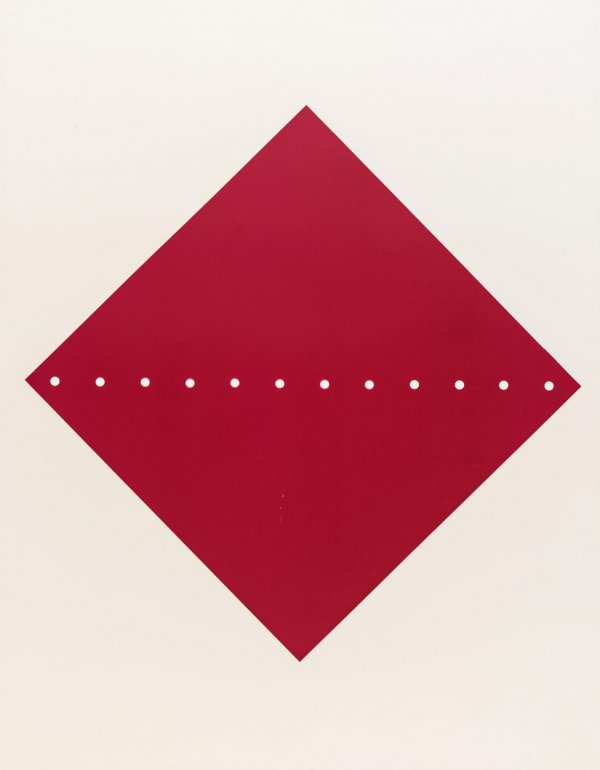
- Enrico Castellani: Castellani was a leading figure in the development of the ZERO art movement, which sought to create art that was free of any preconceived notions or styles. In the 1960s, Castellani began experimenting with printmaking and created a series of prints called “Superfici,” in which he used a variety of techniques, such as relief printing and screen printing, to create abstract compositions that explore the relationship between surface and space.
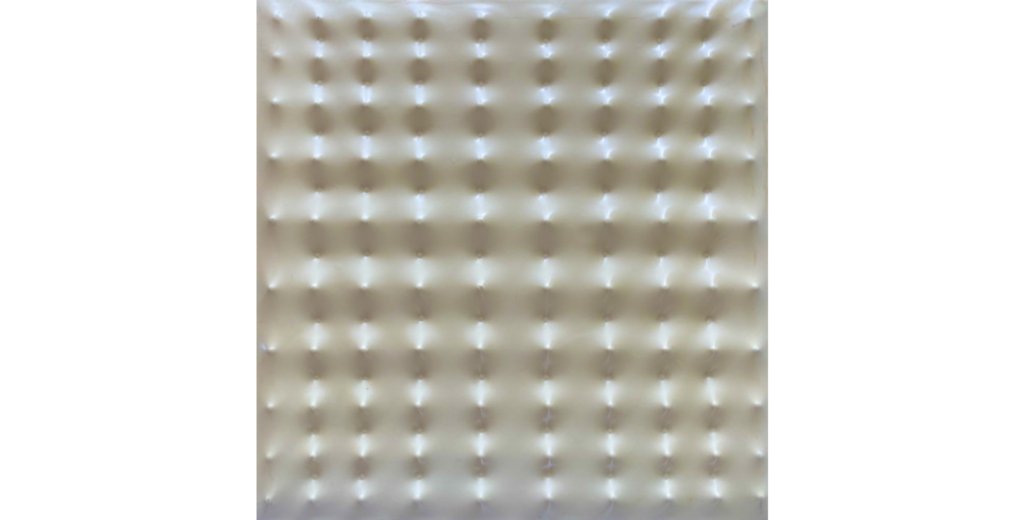
- Mario Schifano: Schifano was a prominent Italian artist who is known for his contributions to the development of the Neo-Dada and Pop Art movements. In the 1960s, Schifano began experimenting with printmaking and created a series of prints that incorporated elements of Pop Art, such as the use of everyday objects and consumer culture imagery.
- Giuseppe Santomaso: Santomaso was a prominent Italian artist who is known for his contributions to the development of the Transavantgarde movement, which sought to create art that combined elements of the avant-garde with traditional techniques. In the 1960s, Santomaso began experimenting with printmaking and created a series of prints that incorporated elements of his painting style, such as the use of bright colors and bold brushstrokes.
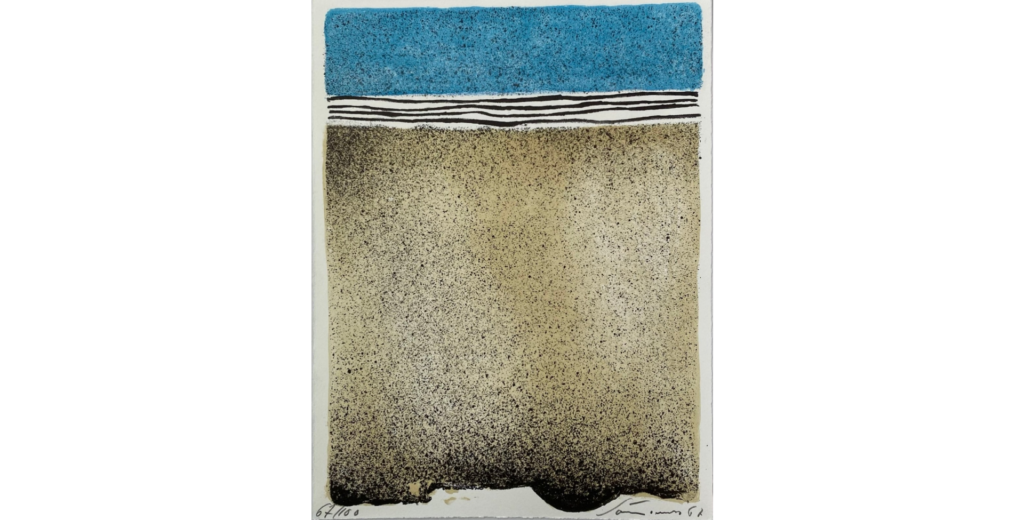
- During the 1960s, Italian printmaking was marked by a spirit of experimentation, with artists pushing the boundaries of traditional printmaking techniques, and by the influence of contemporary art movements such as Spatialism, Pop Art and Transavantgarde. These artists and movements brought a new dynamism, energy and experimentation to printmaking, and their works continue to be highly regarded today.


